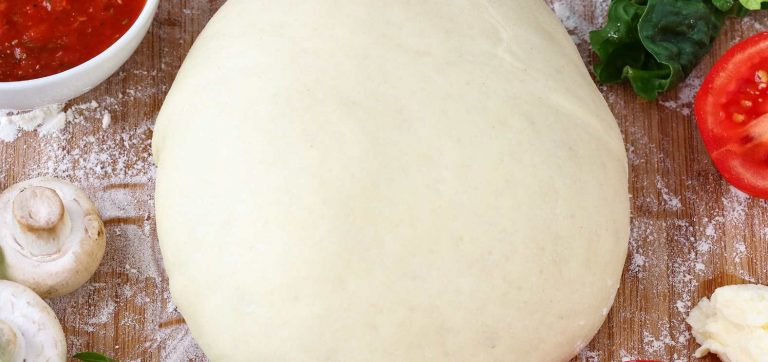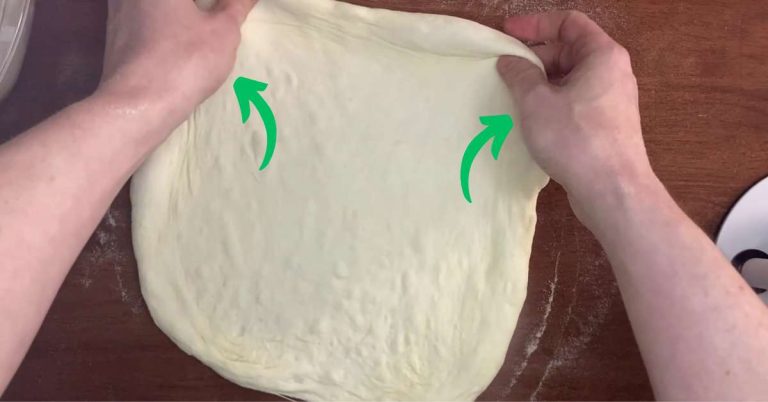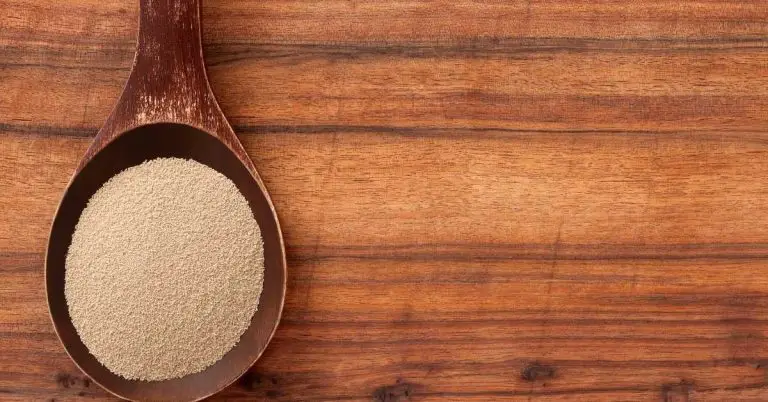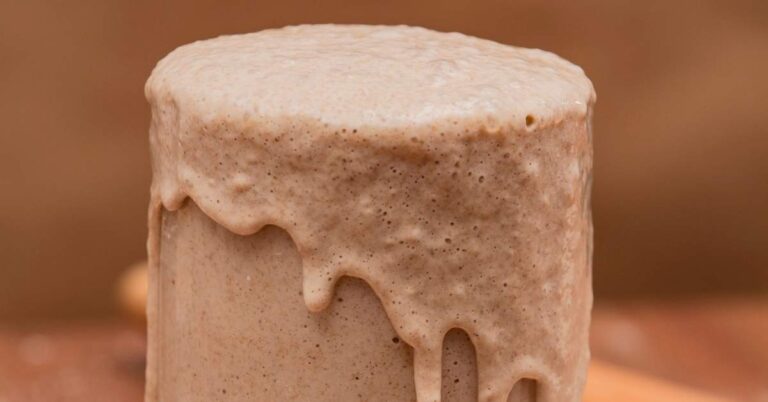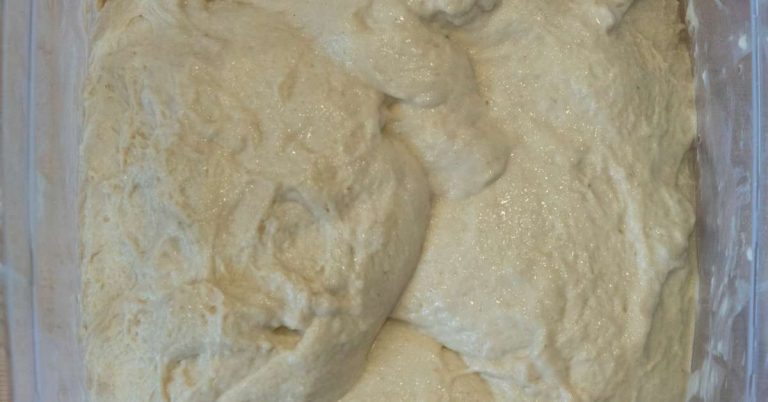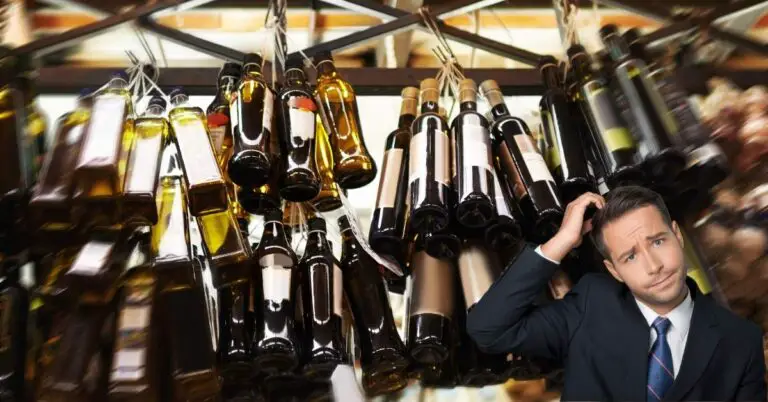When To Add Basil To Pizza: Before or After, Fresh or Dried & Why It Matters
Everyone loves a good slice of pizza with fresh basil, but there’s a right and a wrong way to do it. Sometimes you get shriveled, burnt basil leaves, and other times you get a bunch of uncooked raw basil with no flavor.
It all comes down to timing, and knowing when to add fresh basil to your pizza. In general, if the pizza takes longer than 2-3 minutes to cook (such as in a home oven), add the basil after it comes out of the oven. But if you’re using a fast-cooking pizza oven, add the basil before it comes out of the oven. This way, in either scenario, you’ll maximize the basil’s flavor and avoid burning it or drowning it in oil.
So, let’s talk about how to add that delicious, delicate herb to your pizza without making a mess of things.

The Best Time to Put Basil on Pizza
You’ve got your pizza dough ready, the oven’s preheated, and your homemade sauce is ready to go. Fresh basil on your pizza sounds great in theory, but toss it on too early, and you’ll end up with a soggy, wilted, or burned mess. Not exactly the picture of a delicious slice.
When Using Fresh Basil:
- Add fresh basil after the pizza is baked. Why? Simple. Basil leaves on top of a hot pizza won’t shrivel into nothingness. They’ll wilt just enough to release their fragrant aroma without turning black and ruining the whole show.
- Using fresh basil in your cooking process? Don’t even think about putting it on the pizza before baking. Fresh basil leaves can’t handle the high heat of your oven. They’ll burn, darken, and basically disappear into the sauce or cheese and leave an overpowering taste.
- In a home oven: Home ovens take much longer to cook a pizza – sometimes as much as 10x longer. That’s simply too long for the basil leaves to handle, so always add the basil after the pizza is finished cooking when using a home oven.
When Using Dried Basil:
- Dried basil is a whole different ball game. You can sprinkle dried basil over the pizza dough or marinara sauce, and it’ll handle the oven’s heat without a problem. It won’t bubble and turn black like fresh basil leaves covered in hot oil. I generally don’t use dried basil at all on my pizza or sauces, but that’s just personal preference.
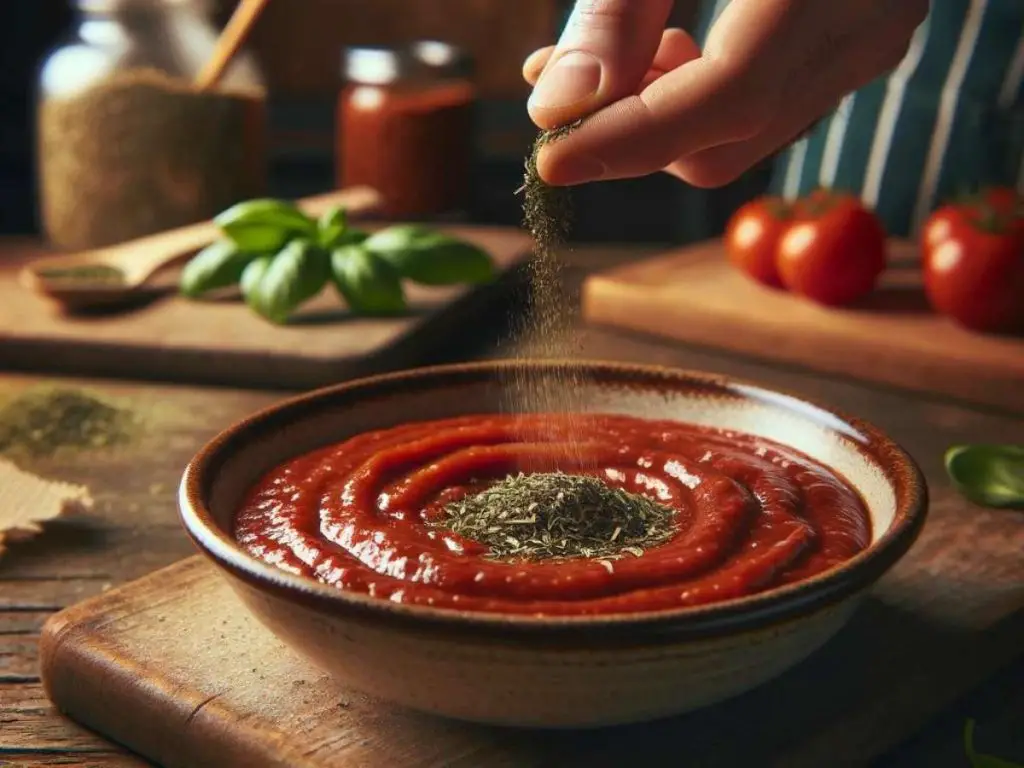
Challenges with Fresh Basil in a Pizza Oven
Using fresh basil in a pizza oven is walking a fine line. It’s a delicate herb, and the high temperatures of a pizza oven can be its worst enemy.
- When making American style pizza: American style pizza takes longer to cook than Neapolitan. Exposing those tender leaves to the blast furnace that is your oven for up to 10 minutes can turn them from gorgeous and green to crunchy and charred in a heartbeat.
- When making Neapolitan style pizza: Neapolitan pizza cooks very quickly at an extremely high heat – as high as 950F for as little as 60 seconds per pizza. That’s simply too quick for the basil leaves to burn, so it’s safe to cook the pizza with basil already on it.
Preparing Basil for Pizza
Now, about preparing that basil. Whether you’re using fresh or dried, here’s how to not mess it up:
- Fresh Basil Prep:
- Rinse and Dry: Seems basic, right? But don’t underestimate it. You want those basil leaves clean but not bruised. Be gentle.
- Tear or Chop: If you’re going for a Neapolitan style pizza, tear those basil leaves if they’re too big. It’s not just for looks; it prevents the leaves from oxidizing and losing their bright, pleasant flavor. If you’re using smaller baby basil leaves, you can skip the tearing and chipping.
- Dried Basil Prep:
- Dried basil doesn’t need any special prep. Just open the bag, and you’re good to go. But remember, sprinkle, don’t dump. This isn’t a basil pizza, it’s pizza with a bit of basil in the sauce or on top of the cheese. Dried basil is far less subtle than fresh, so it can be incredibly overpowering if you use too much.
Step-by-Step: Adding Basil to Your Pizza Without Ruining It
So, you’ve got your pizza just out of the oven, and it’s time to add the basil. Here’s how to do it without making a mess of your masterpiece.
- Wait for the Right Moment: Patience is key. Add the basil after your pizza has finished baking but is still piping hot. This way, the basil remains fresh and vibrant while the flavor infuses into the ingredients but doesn’t burn in the oven.
- Choose Your Basil Wisely: Not all basil is created equal. The type of basil can make a difference. Sweet basil is a safe bet for most pizzas, but feel free to experiment with other varieties for a different aroma and appeal. Avoid basil with leaves that are too big as the flavor can be overpowering and taste like mint.
- Chiffonade for Elegance: Using chiffonade (thinly sliced) basil can add a touch of sophistication to your pizza. Stack the basil leaves, roll them up, and slice them into thin ribbons. This technique not only looks great but also spreads the flavor more evenly. This is a must if you’re using big, old basil leaves.
- Sprinkle with Purpose: When you add the basil, whether it’s whole basil leaves or a chiffonade, place it thoughtfully. Don’t just dump it on, think about each bite. A little goes a long way.
The Mozzarella on Top Method: A Foolproof Way to Keep Basil Perfect
If you’re worried about your basil wilting, burning, or losing color, here’s a trick: put the basil under the cheese. This can help shield the leaves from the heat of the oven.
- Layering: Before your pizza goes into the oven, lay down your basil on the dough, then add the mozzarella on top. The cheese shields the basil from the direct heat, keeping it greener and fresher.
- The Big Reveal: Once the pizza is baked and comes out of the oven, you get this gorgeous, fragrant layer of basil peeking out from under the melty cheese. It’s like a pleasant surprise for your eyes taste buds.
Final Thoughts: Making Great Pizza with Basil Isn’t Rocket Science
Adding basil to your pizza isn’t hard, but it does require some thought. Whether you’re making a thin crust pizza on a preheated pizza stone or a thick, doughy delight, the rules are the same: respect the basil.
- Respect the Herb: Basil is delicate. It doesn’t like high heat, and it doesn’t like being exposed to air for too long. Add it at the end when making New York or Detroit styles (that take longer to cook) or at the beginning for wood-fired or Neapolitan style. This is the best way to preserve fresh basil’s brighter, fresher flavors.
- Personal Preference Rules: At the end of the day, how you use basil in your pizza comes down to personal preference. Some like it bold and in your face, others prefer a subtler touch. Find what works for you and run with it.
What’s the Best Basil For Pizza?
My favorite basil for pizza is called “sweet basil”, or sometimes “Genovese Basil”. It’s characterized by small, round shaped leaves and a subtle flavor. I prefer to use the leaves when they’re relatively young for the best flavor, whereas if you let the leaves mature too long and get too large, the flavor can be overpowering and minty.
You can buy sweet basil at your local grocery or garden store, but it’s always best to grow your own basil from seeds.

